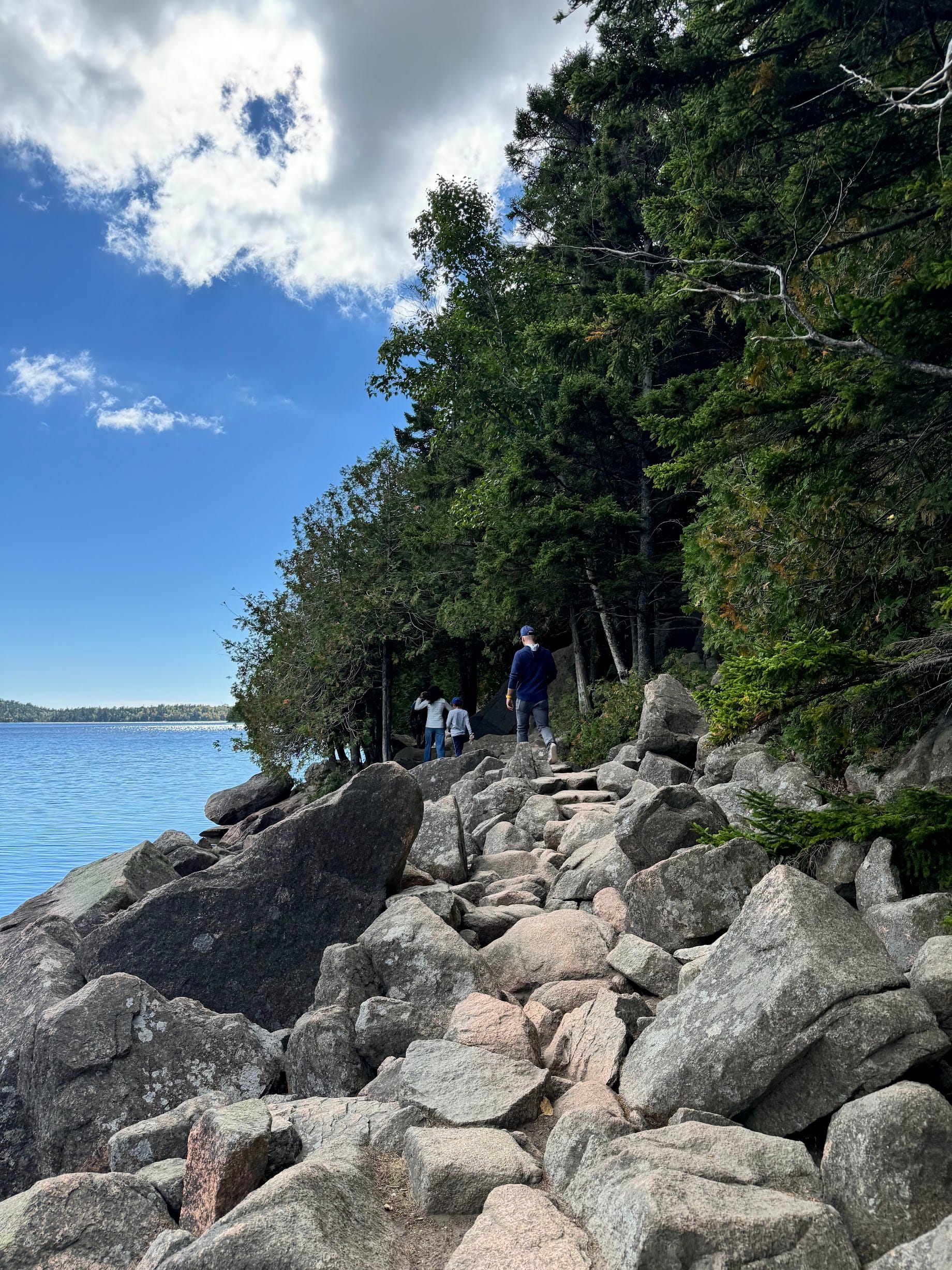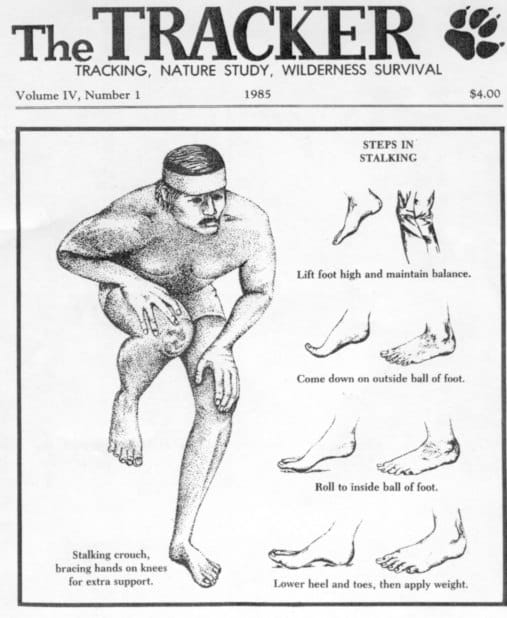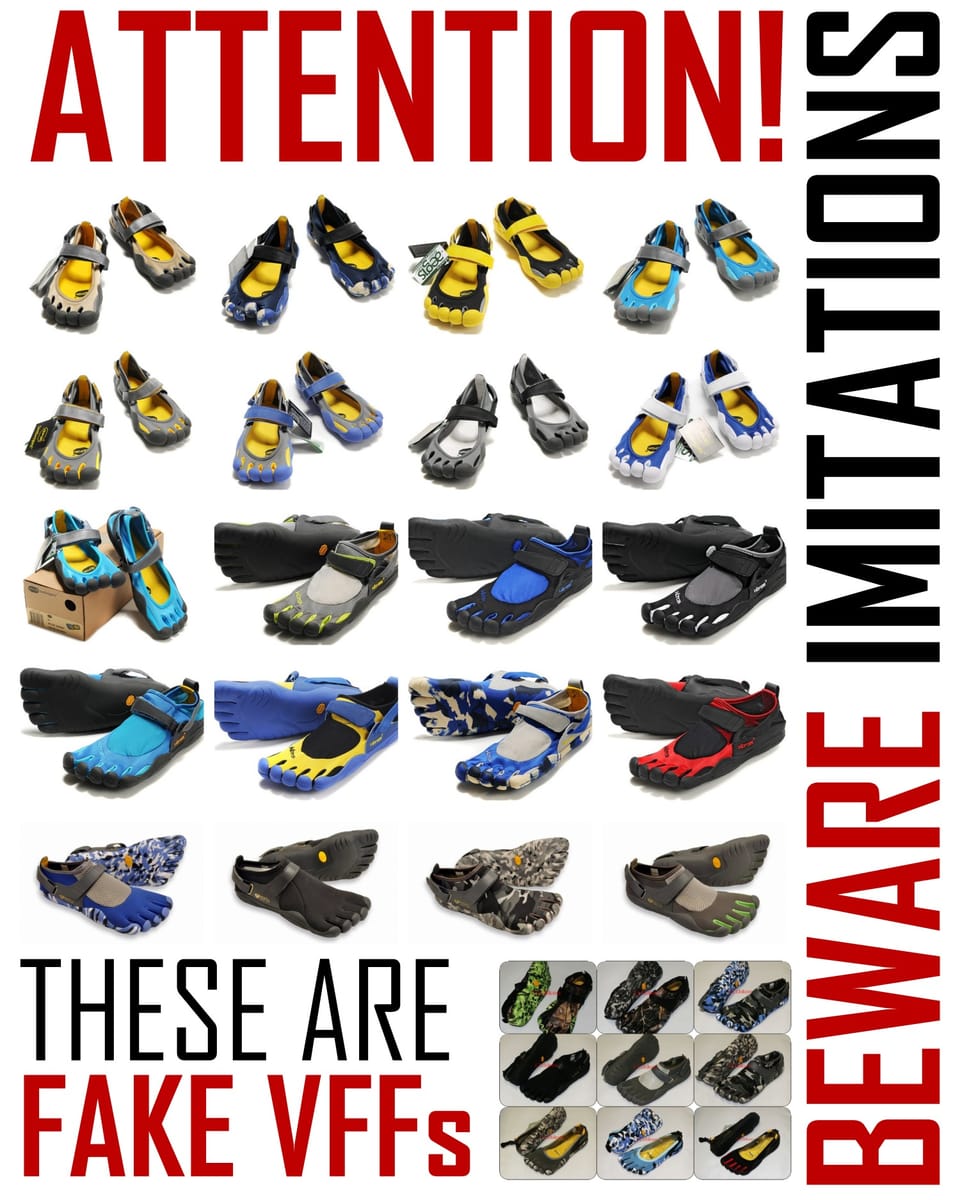The Definitive Guide to Vibram Rubber Sole Types
Vibram is known for their rubber soles, but not all Vibram soles are the same. Understand the differences — from hard to softer, durable to grippy — in this definitive guide to Vibram rubber sole types.

If you're reading this, there's a good chance you've taken a keen interest in what might be called "homegrown" minimalist shoes. By "homegrown," I mean the types of minimalist shoes or sandals mostly being created by start-up shoe manufacturers like Luna Sandals, Unshoes, Shamma Sandals, etc. Many of these shoes and sandals have been reviewed on this site!
These sandals and shoes frequently are built using Vibram rubber soles. And as it turns out, Vibram has made a number of different types of rubber soling materials, each having its own specific qualities and characteristics.
This can be a bit confusing for newcomers and in an effort to help clarify some of the differences, below is a "definitive guide" to the soles. It's ultimately subjective, but should help you get a good feel for how things work in the Vibram sole world.
Generally speaking, more dense rubber soles are heavier. Each provides its own flavor of ground feel. More on the "barefootedness" question at the end.
Read on!
Density chart
[least dense] Morflex < Cherry < Woodstock < Gumlite < Newflex [most dense]
Vibram Morflex
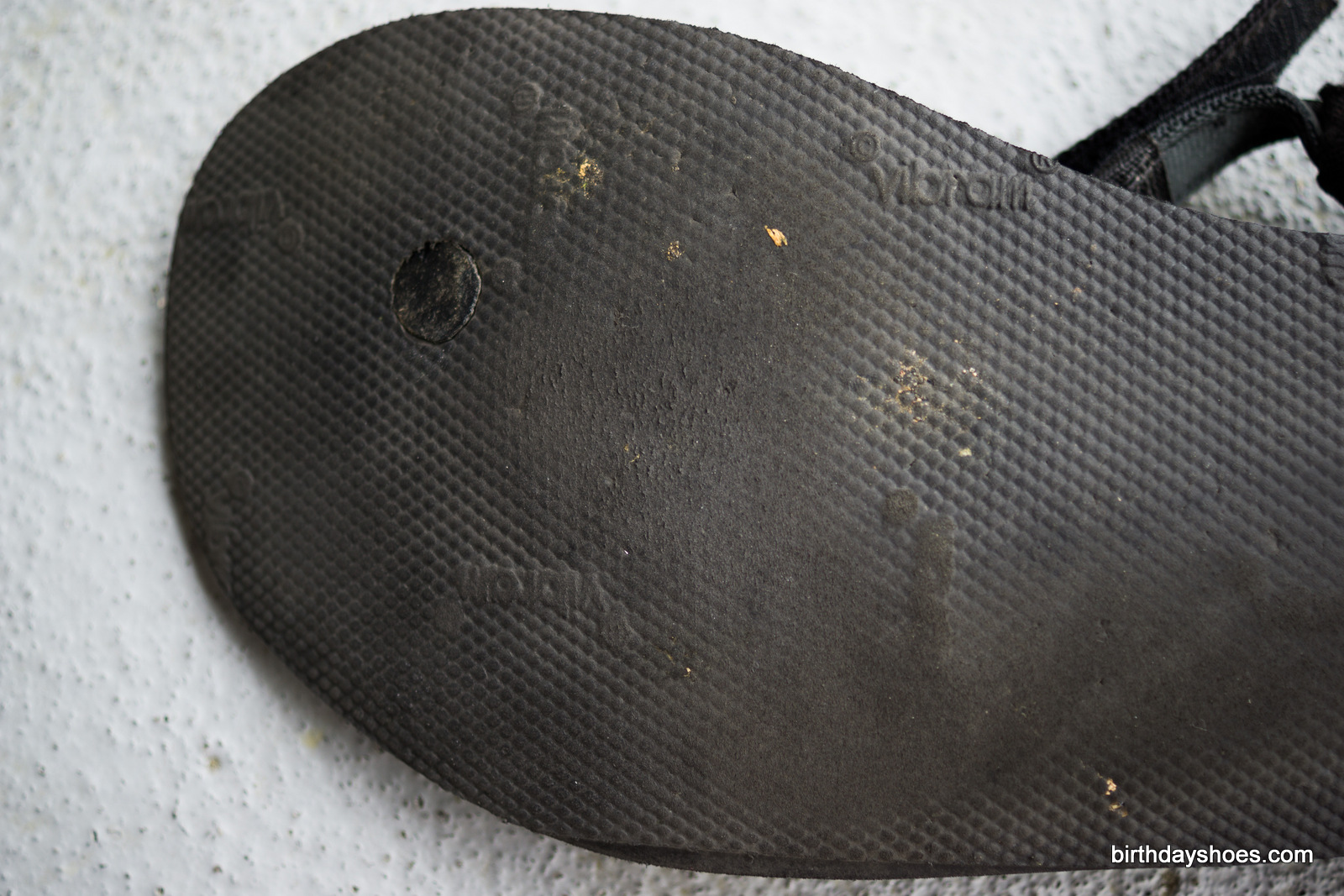
Morflex “mouse pad” is a micro-cellular sole, with one-third the weight of rubber, but excellent resilience and a little bounce. The material can be equated to a very dense neoprene, slightly squishy and conforms easily to the shape of your foot. It has good grip and durability.
Morflex soles are typically flat slabs of foam/rubber with little-to-no texture (just the Vibram logo, typically). Excellent for road running, but not for off road use.
Vibram Cherry
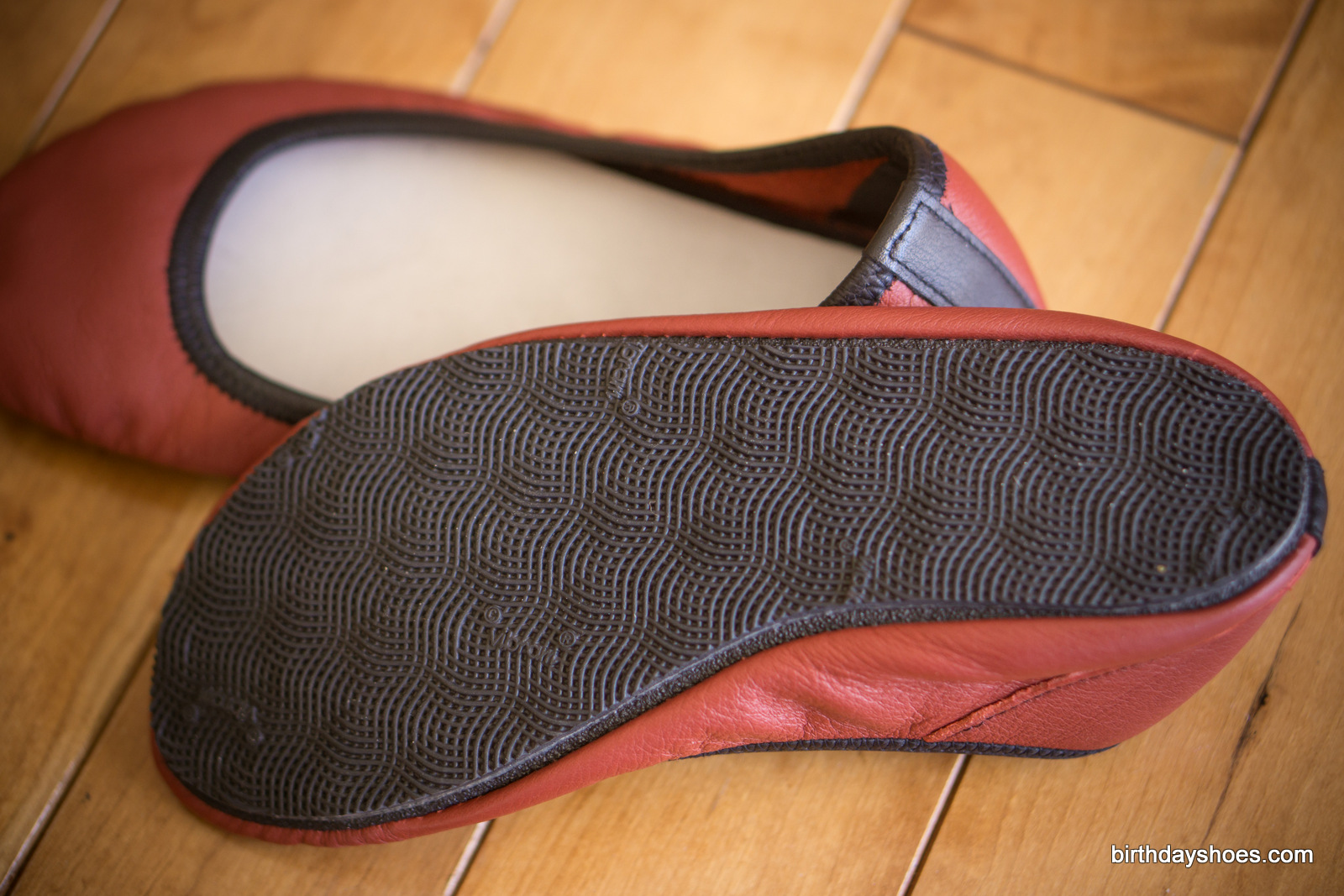
Cherry is a rubber sole that has properties that combine some traits of Morflex and Gumlite. It does not feel as “airy” and soft as Morflex and features a “woven” texture that is grippier on floors than the other Vibram soles, but the depth of the weaves is shallow and is not very useful for trail and road use, compared to the more aggressively-designed Vibram soles.
Vibram Woodstock

Woodstock “jigsaw” is a bit denser than Morflex and is typically used in thicker soles of roughly 10mm or thicker. It conforms to your foot quickly and provides slightly better traction and slip-resistance.
Woodstock soles have a broken-up look to them, almost like tectonic plates. They are great for new runners thanks to the thicker sole and they have better traction than Morflex soles.
Vibram Gumlite
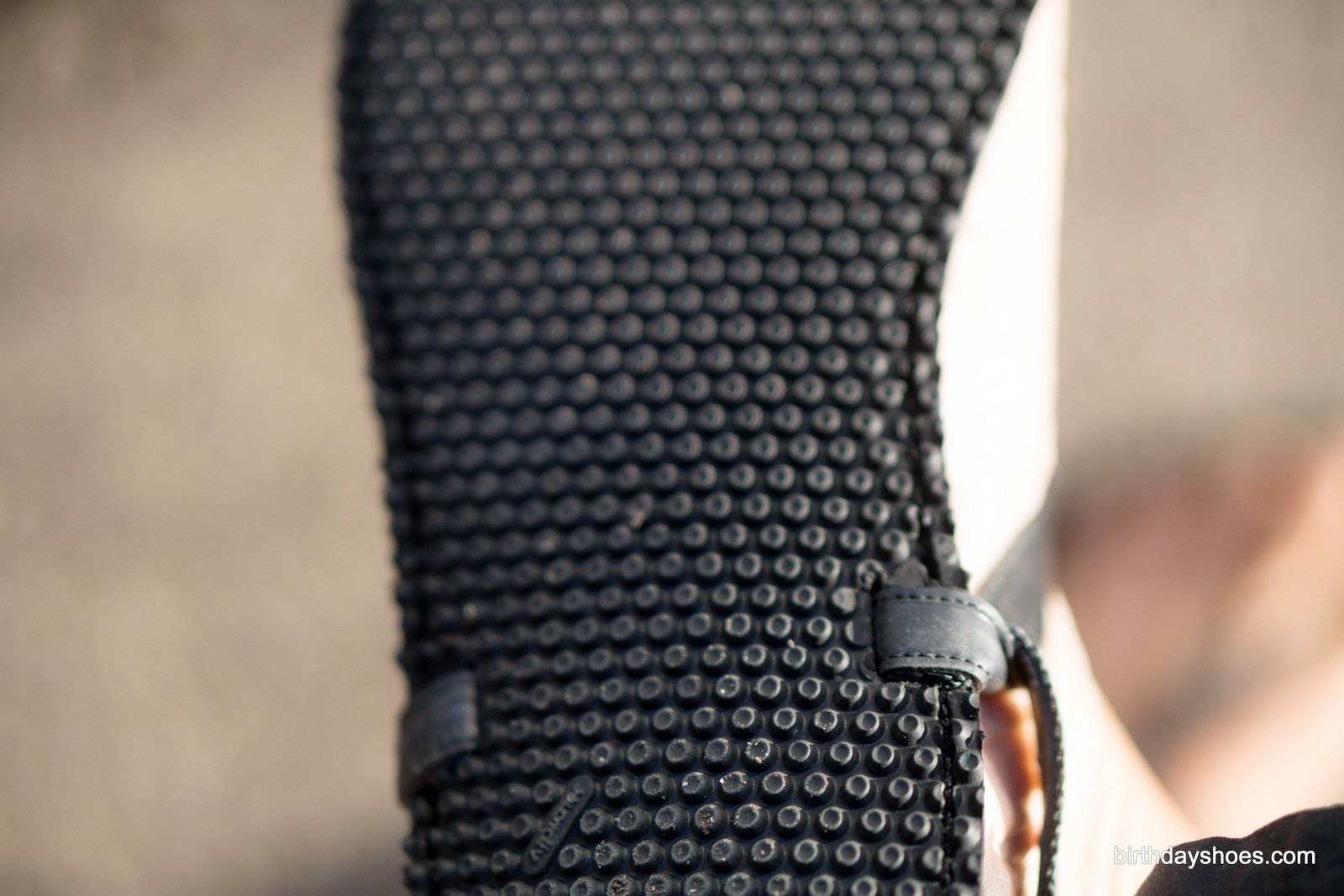
Gumlite “nubby” has the wear characteristics of rubber, but with half the weight. It has good durability and slip resistance. Gumlite features hundreds of small nubs for enhanced traction over other, smoother soles
Great all-around sole for road running and off road running with a good tradeoff with density, bounce, and comfort.
Vibram Newflex

Newflex “zig zag” has excellent slip resistance and durability. It has the greatest durability and grip among the soles (IMO). It is also the densest sole in the lineup, which means that it can be made thinner than other materials. Some sandal makers feature Newflex soles as thin as 3mm, though 5mm is more common.
Newflex is a great all-around sole; my favorite in the bunch — thin, strong, comfortable, and sticky when needed.
Just how barefoot are these rubber soles?
The "Barefootness" question is really interesting. Ground feel depends on thickness and sole material and can be interpreted in different ways.
Depending on your preferences, you may find denser soles or softer soles as providing "better" ground feel.
Softer soles conform to your foot more readily (seeing your footprint in a sole is a beautiful thing!) and compress more upon impact, while denser shoes compress less and take much longer to conform to your foot. In fact, some sandalmakers that use Newflex will add leather or some other topper to provide some level of foot conformity on top of the tough sole.
Denser soles transfer more direct proprioception, but the compression of softer soles bring you closer to the ground upon landing and become thinner over time.
Denser soles are more "jarring" over hard surfaces and are great for keeping you light on your feet, while softer soles can take some of the impact, but provide less protection overall.
Personally, my favorite road running sole is Morflex for its slight sponginess and smooth texture, while my favorite off road sole is definitely Newflex.
Questions? Comments? Let me know below. And we'll update this guide as necessary in the future!



